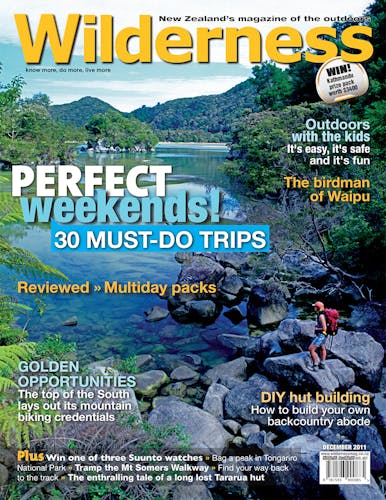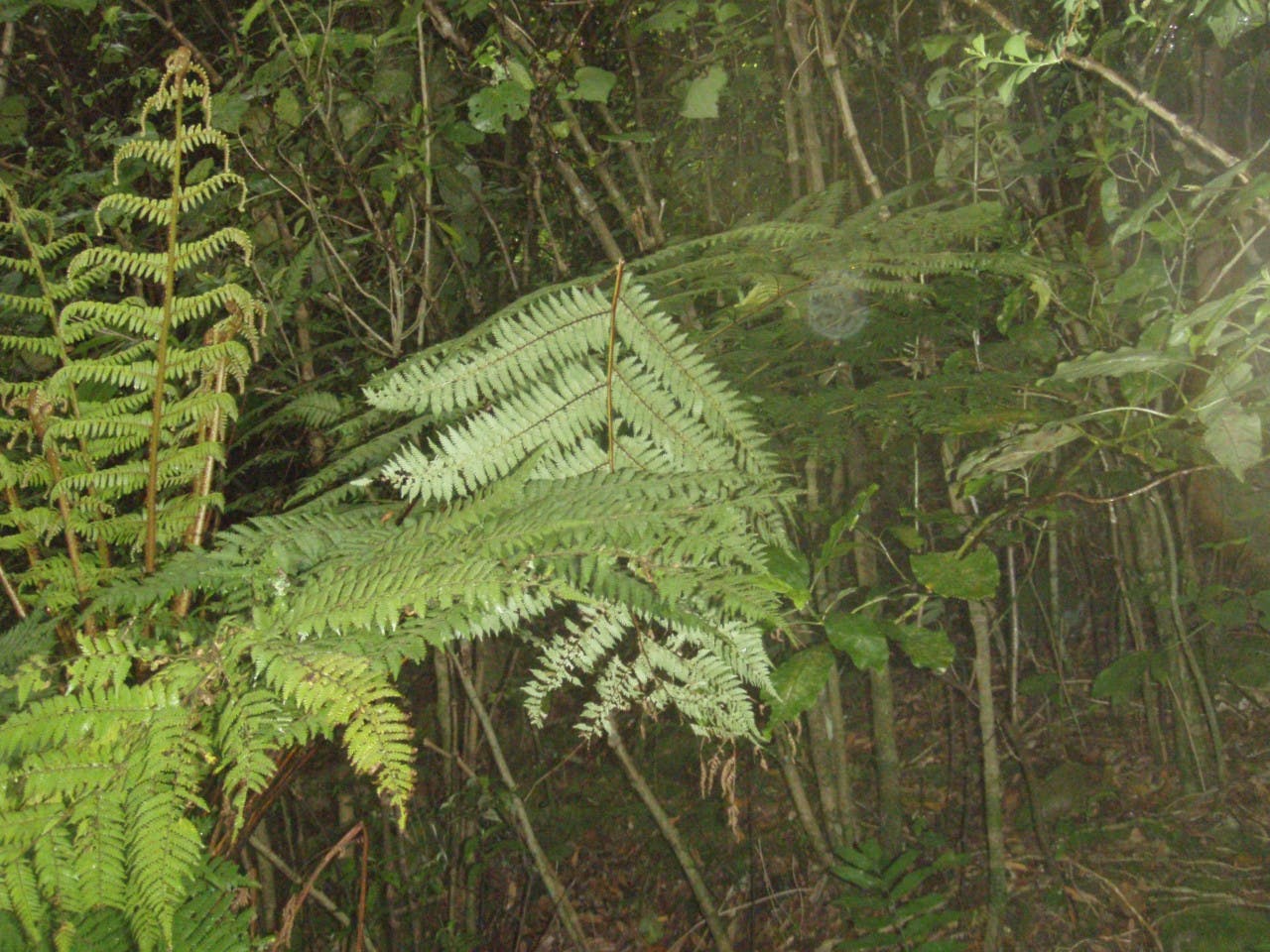Three simple methods for finding your way back to the trail
Sticking to the trail is always a good idea and will offer a greater chance of not getting lost but if you need to wander off track here are a few techniques to help lessen the chance of becoming bewildered or slightly turned around.
Trail Blazing: This is a system that in our well organised track networks employs orange triangles to point the way. Done naturally you can use the plant life around you. As soon as you step off the marked track begin regularly ‘blazing’ your trail so you can follow it back when you wish to return. This could mean breaking a branch, bending a fern frond, stacking stones, removing moss from a stone, ripping a leaf – the choices are endless. Choose one method that resonates with you so you will notice it more easily on your return. Just remember that we are all caretakers out there so practise minimum destruction.
Back Tracking: This is something people often think they could do if they got lost, but it’s not that easy. This is a real skill that takes a lot of practice. Walk off track for 10 steps and see if you can find your exact route back. If you are successful, go a little further and try again. Practise it when you are returning from your trail blazing wanderings. However, don’t rely on this until you have become very confident with it.
Birds Eye View Mapping: This is something we all do regularly in and around towns and cities. Transferring the skill to the bush is a little more challenging but very doable. Start by sitting at home with a map of the area you are going to and study it thoroughly. How many major ridges are there where you will be going? How many spurs off these ridges? How many rivers? What shape are they? Which high points should you be able to see? What shape are they? Which direction is everything oriented to? Recreate that map in your mind so when you get out there (without your map) and find yourself in a clearing on a ridge looking down at a river you can say ‘I know where I am because that river is a winding river that flows from east to west unlike the straighter river that comes down the other valley’.
With all these techniques, start out small and as your skill level grows let your journeys grow. All of these skills are non-reliant on technology. They return the knowledge to you and the beauty of that is it can’t be broken, the batteries won’t go flat and it can’t be left behind at the hut.
– Steve Porteous runs Human Bushcraft and Wild Living in the Otaki Gorge







